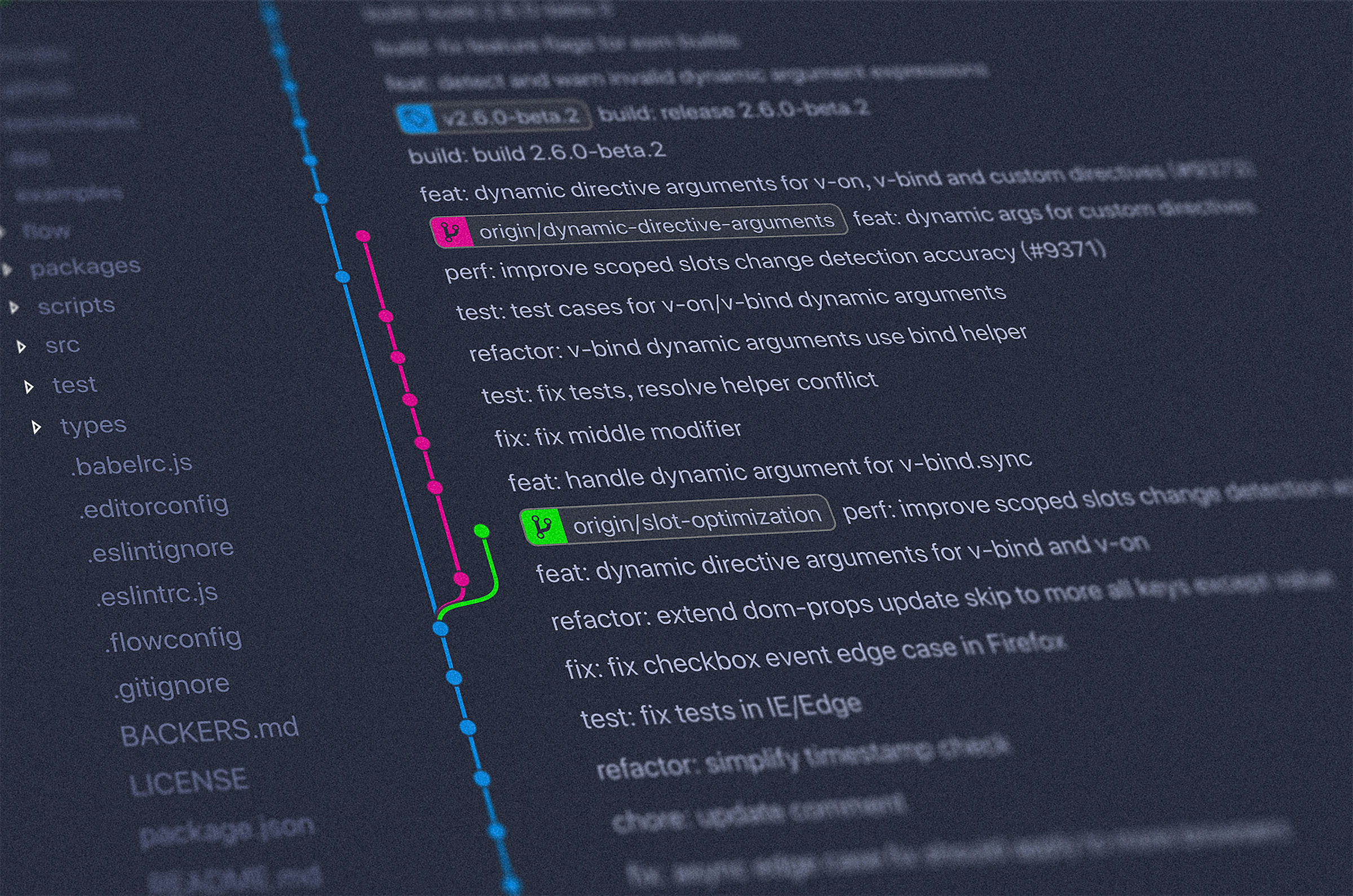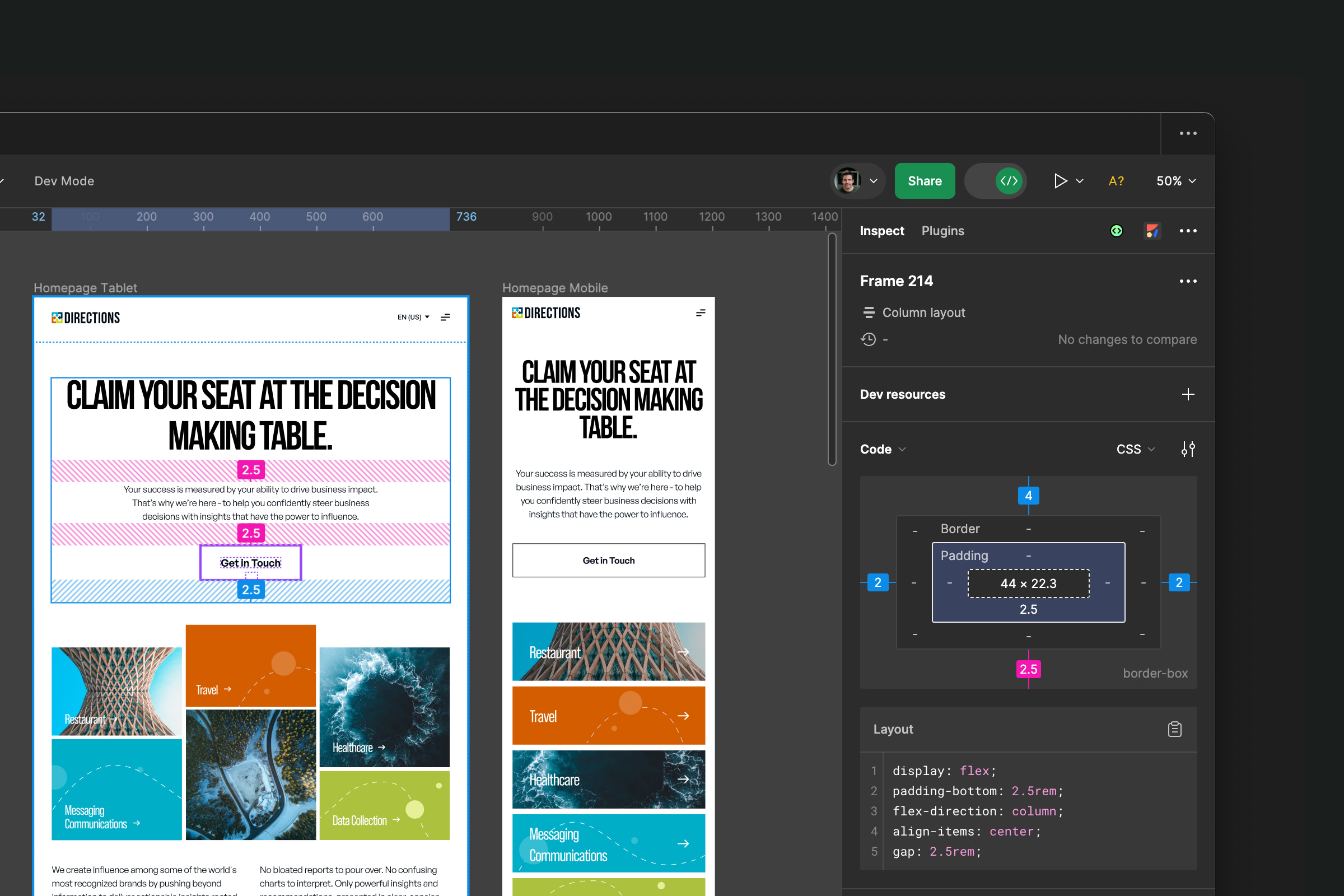How to optimize your website for both AI agents and humans: The new frontier of SEO

How to optimize your website for both AI agents and humans: The new frontier of SEO
We’re seeing yet another fundamental shift in digital marketing. As AI agents become increasingly sophisticated in how they crawl and interpret websites, businesses face a unique challenge: how do you optimize for these AI systems while maintaining an engaging human experience?
Recent data shows that 40% of searches now end without clicks as AI agents extract and present information directly to users. This shift in search behavior demands a new approach to SEO – one that serves both machine and human audiences effectively.
Understanding the new search landscape
The rise of AI in search has transformed how content is discovered and presented. Modern search engines rely heavily on autonomous AI systems to crawl, interpret, and deliver content. These AI agents prioritize structured data and semantic understanding over traditional keyword density metrics that dominated SEO strategies of the past.
A few key changes define this new landscape:
- Semantic analysis dominates: AI agents now prioritize understanding context and meaning over simple keyword matching. This means websites need to provide clear, structured information that machines can easily interpret.
- Zero-click searches increase: With AI agents extracting answers directly from websites, many searches never result in actual site visits. Your content needs to be structured to appear in these direct answers while still encouraging deeper engagement.
- Multi-platform delivery expands: Content now needs to work across voice assistants, chatbots, and AR interfaces, requiring flexible, well-structured data that can adapt to different presentation formats.
The technical foundation: Speaking to AI agents
For AI agents to effectively crawl and understand your website, several technical elements must be in place. Our technical SEO team recommends focusing on these key areas:
Structured data implementation
Modern SEO requires comprehensive structured data markup. This includes:
- Schema markup for products, services, and content
- FAQ and How-To schemas for answer extraction
- Standardized metadata across all pages
Research shows that implementing FAQ schemas can increase answer extraction rates by 37%, while How-To schemas can more than double your chances of appearing in voice search results.
Content structure optimization
Content needs to be organized logically for both AI comprehension and human consumption:
- Use natural language headers that mirror conversational queries
- Maintain clear hierarchical structure with proper H1-H6 usage
- Break content into digestible chunks that align with the average 8-second attention span
Technical performance
Speed and efficiency matter more than ever:
- Maintain API response times under 50ms for AI agents
- Ensure visual complete times under 2.5s for human users
- Implement efficient caching and delivery systems
The human element: Creating engaging experiences
While optimizing for AI has become crucial in modern SEO, maintaining an engaging human experience remains paramount. Our research consistently shows that websites successfully balancing both technical and human elements achieve significantly better results across all metrics. This dual-focus approach requires careful attention to both visual design and emotional engagement.
Visual hierarchy and emotional engagement
The science of user engagement goes far beyond simple aesthetic choices. Studies indicate that strategic use of whitespace can increase engagement by as much as 72%, but this is just the beginning of effective visual hierarchy. We've found that clear visual hierarchies serve as subtle guides for user attention, leading visitors naturally through content in a way that both engages and informs.
Creating an effective visual hierarchy starts with understanding how humans naturally process information. Our designs incorporate F-shaped reading patterns, aligning with natural eye movement and reading behavior. This approach ensures that key information is positioned where users naturally look first, making content more accessible and engaging.
Dynamic micro-interactions play a crucial role in maintaining user interest. These small, responsive elements – from subtle hover effects to smooth transitions – create an interactive experience that keeps users engaged while reinforcing the website's core messaging. When implemented thoughtfully, these interactions create a sense of responsiveness that significantly improves the overall user experience.
Trust and authenticity
In an era where AI-generated content is becoming increasingly common, authentic human connection has never been more valuable. Our research shows that incorporating genuine customer testimonials increases trust by 58% compared to AI-generated content. This dramatic difference underscores the importance of maintaining authentic human voices throughout your digital presence.
Beyond testimonials, we focus on creating multiple touchpoints for building trust. This includes implementing dynamic micro-interactions that respond naturally to user behavior, creating a sense of immediate feedback and engagement. These elements work together to create an experience that feels both professional and genuinely human.
Bridging the gap: Our approach
At Magnet, we've developed a comprehensive strategy for serving both AI agents and human users effectively. Our approach is built on three foundational pillars, each carefully designed to maximize both technical performance and human engagement.
Layered content strategy
Our content strategy operates on three distinct but interconnected layers. The technical layer provides clean, structured data that AI agents can easily process and understand. This forms the foundation for our experience layer, which delivers rich, engaging content crafted specifically for human users. The integration layer ties these elements together seamlessly, ensuring that technical optimization never comes at the expense of user experience.
This layered approach allows us to maintain high performance for both audiences without compromise. The technical layer satisfies search engines' need for structured data, while the experience layer ensures that human visitors find the engaging, valuable content they're seeking.
Performance optimization
Technical implementation plays a crucial role in our dual-audience approach. We maintain strict performance standards, ensuring sub-50ms API response times for AI agents while delivering visual complete times under 2.5s for human users. This is achieved through careful optimization and efficient caching systems, creating a foundation that serves both audiences effectively.
Our performance optimization goes beyond simple speed metrics. We implement sophisticated caching and delivery systems that ensure consistent performance across all user touchpoints, from initial page load to complex interactions.
Content development
Content development in this dual-optimization framework requires a delicate balance. Each piece of content must serve both technical and human needs while maintaining authentic voice and engagement. We achieve this through careful structure that satisfies AI requirements while ensuring the content remains engaging and valuable for human readers.
This approach includes natural integration of key information, ensuring that technical elements like keywords and structured data flow naturally within engaging, human-focused narratives. The result is content that performs well technically while maintaining the authentic voice that human readers expect and appreciate.
Measuring success
The effectiveness of our dual optimization approach is reflected in the results we achieve across industries. Our e-commerce clients consistently see 33% higher conversion rates through the implementation of optimized product schemas combined with interactive elements. Overall SERP visibility typically improves by 29% while maintaining high user satisfaction scores, demonstrating that technical optimization and human engagement can work together effectively.
Looking ahead
The future of SEO lies in successfully balancing technical optimization with human engagement. As AI capabilities continue to evolve, we're seeing more sophisticated content analysis and improved understanding of user intent. This is accompanied by advances in multi-platform content delivery, creating new opportunities for reaching and engaging users across different channels and devices.
User expectations continue to evolve as well. We're seeing increased demand for personalized experiences and a greater emphasis on authentic content. Interface responsiveness standards continue to rise, pushing us to innovate in both technical performance and user experience design.
This ongoing evolution underscores the importance of maintaining a balanced approach to optimization. Success in modern SEO requires careful attention to both technical excellence and human engagement, creating experiences that satisfy both AI agents and human users effectively.
Ready to optimize your website for both AI agents and human users? Our technical SEO team specializes in creating this balance, ensuring your site performs well for both audiences while driving real business results.
Contact us to learn how we can help you navigate this new frontier in search optimization.





















.jpeg)

.jpg)


.jpg)



.jpg)

